AI for productivity: How smart businesses are leveraging artificial intelligence
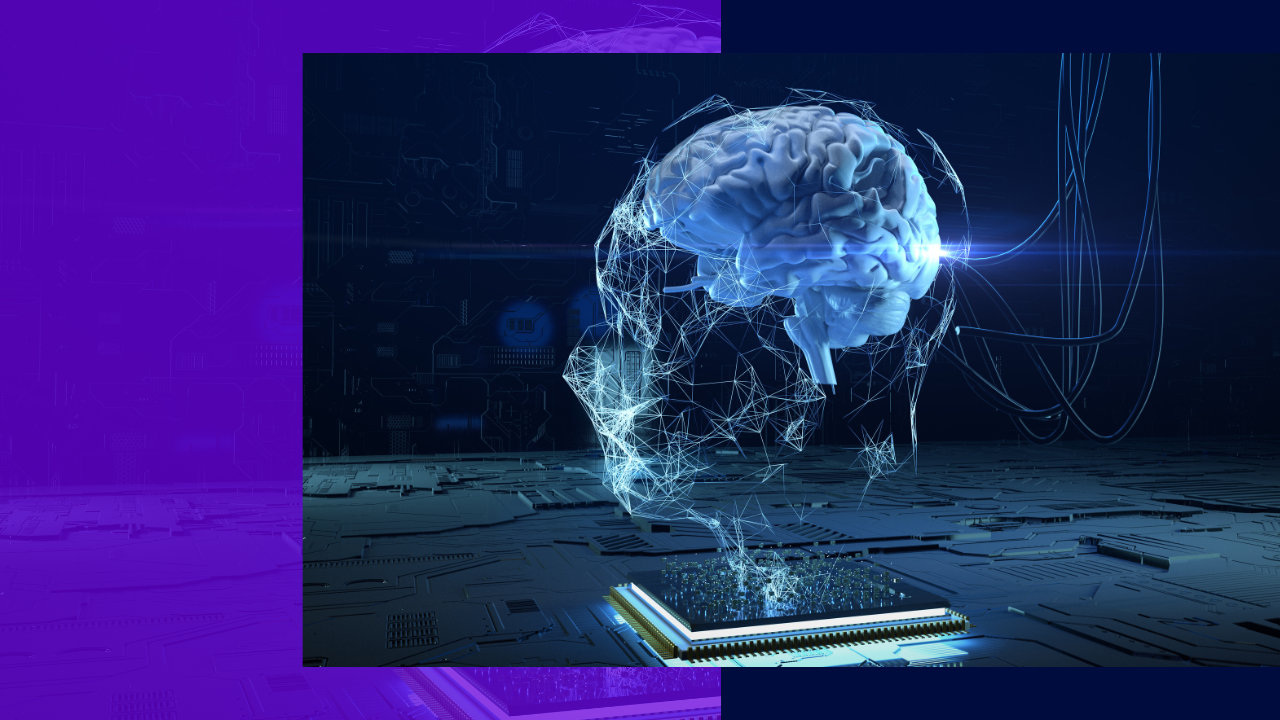
The relentless drumbeat of digital transformation has brought with it a new and powerful force: artificial intelligence (AI). While AI has long been a subject of fascination in science fiction, it has now firmly established itself in the modern workplace.
The question is no longer if AI will impact how we work, but how. This leads us to the crucial concept of “AI productivity.”
To better understand the real-world impact of AI on productivity, Hubstaff—a workforce analytics and time tracking platform—released the AI Productivity Shift report.
Based on a global survey of over 3,000 professionals and anonymized behavioral data from 140,000+ users, the report offers one of the most comprehensive looks into how AI is transforming modern work.
What is AI productivity?
AI productivity refers to the use of artificial intelligence tools to improve workplace efficiency, reduce repetitive tasks, and enhance overall output quality. Rather than replacing jobs, AI tools are increasingly serving as co-pilots—streamlining workflows, accelerating decision-making, and enabling employees to focus on high-value work.
Hubstaff’s key findings on AI for productivity
Hubstaff’s report presents the following findings on the current state of AI productivity in work:
Adoption vs. usage: A wide gap
The Hubstaff report reveals a critical disconnect: while 85% of professionals report using AI, it only accounts for 4% of actual work time. This mirrors usage rates for essential tools like Slack (3.53%) and Gmail (3.91%), signaling that AI is being used—but not deeply integrated.
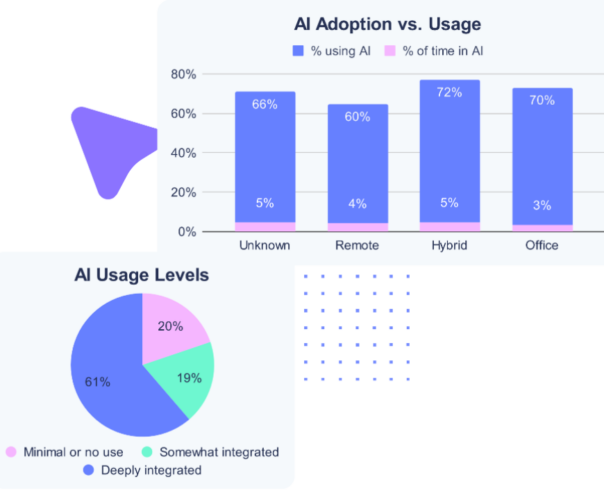
The AI productivity paradox
Despite widespread adoption, many companies are still in the experimentation phase. Only 60% use AI regularly, and 20% are still testing the waters.
This paradox—high adoption but low operationalization—suggests that while AI’s promise is clear, many teams struggle to move beyond surface-level use.
However, this is soon set to change. The World Economic Forum projects that AI will create 97 million new jobs by 2025.
AI’s impact on task completion and focus
Still, for those who’ve embedded AI into their workflows, the benefits are substantial. According to the report:
- 77% say AI reduces task time
- 70% report increased focus and fewer distractions
- AI users spend 23% less time on unproductive tasks and take more effective breaks
This reallocation of time paves the way for deep work and strategic thinking—cornerstones of long-term productivity.
Roles and industries leading the charge
Certain professions are emerging as early AI productivity leaders:
- SEO specialists lead with 89% adoption, spending 9% of their time in AI tools
- Marketing managers and executive assistants follow closely
- Writers, creative professionals, and small teams (under 10 people) also show high engagement
Industries like healthcare and finance, while slower to adopt due to compliance and legacy systems, are ripe for transformation.
The rise of AI fluency in hiring
AI is also reshaping talent acquisition. The report shows:
- 20% of companies have adjusted salaries to reflect AI proficiency
- AI-skilled professionals can earn 21–40% more than their peers
- 55% of employees say AI skills have opened new doors for promotions or roles
AI fluency is quickly becoming a competitive advantage in the modern job market.
Practical strategies for maximizing AI productivity
While many organizations have started using AI, the real productivity gains come not from experimentation, but from execution.
Below are seven actionable approaches to help teams unlock the true value of AI for productivity:
1. Pinpoint high-impact use cases in your workflows
Start by identifying where AI can drive the greatest return. The report found that 67% of users see the most value in content creation, making it the top productivity-enhancing function.
Other high-impact areas include:
- Customer support – 35% reported faster response times and improved service quality
- Data analysis – One in three (~33%) said AI reduced reporting time and enhanced insights
- Admin tasks – Nearly 30% used AI for scheduling, inbox cleanup, and documentation
- Decision-making – 24% relied on AI for faster, more informed strategic input
These areas often involve repetitive tasks and can be optimized quickly using AI, freeing teams to focus on creative or strategic efforts.
McKinsey notes that 60% of jobs could see at least 30% of their tasks automated, freeing people for more advanced roles.
2. Choose tools that solve real problems—not just trending ones
Hubstaff’s research emphasizes that businesses should avoid chasing the latest AI tools simply because they’re popular. While 90% of respondents use ChatGPT, daily engagement is often stronger with embedded tools like Grammarly or QuillBot that fit naturally into workflows.
Here are some standout tools mentioned in the report:
- Descript – Edit video by editing text
- TLDV.ai – Auto-summarize Zoom meetings
- SurferSEO + ChatGPT – Combine for faster, optimized content
- Magical + Motion – Schedule meetings and automate updates
- Browse AI + Claude – Monitor competitor sites and extract insights
The key is to match the tool to the workflow. For example, if your sales team struggles with CRM updates, AI can automate data entry or generate summaries. If your support team needs faster resolutions, tools like conversation summarizers or chat AI assistants can help reduce ticket volume and improve satisfaction.
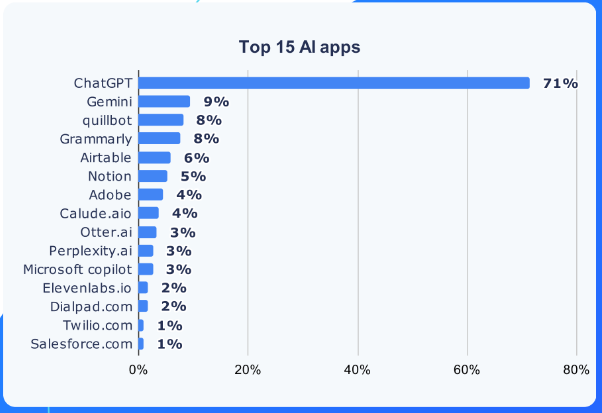
3. Integrate AI strategically—not just superficially
A core theme from the report is the need to treat AI as a process, not a plugin. Teams that see real value embed AI into core operations—not as an afterthought. For instance, high-performing teams:
- Automate real tasks like drafting emails or summarizing reports
- Track metrics like hours saved or output generated
- Scale successful use cases across teams
Hubstaff’s own platform data showed that teams who use AI regularly complete more deep work sessions, take more meaningful breaks, and spend 23% less time on unproductive tasks.
These are not just incremental improvements, but represent a structural shift in how work gets done.
4. Upskill and support teams continuously
A major barrier to adoption? Skills. Nearly half of leaders said their teams lack the expertise to implement AI effectively. And even among companies that use AI, only a quarter have launched formal training programs.
To overcome this:
- Offer role-specific AI training (e.g., marketing teams learning SurferSEO, support teams mastering chatbots)
- Encourage peer learning—let early adopters lead internal workshops
- Promote platforms like Coursera, HubSpot Academy, and LinkedIn Learning for structured learning paths
Hubstaff notes that AI fluency is now a key hiring and promotion factor. Workers with AI skills are not only more likely to advance but are already earning 21–40% more in some cases, according to a University of Oxford study.
Supporting team development today secures your company’s future advantage.
5. Create a clear AI policy and ethical framework
With great power comes the need for guardrails. 65% of AI-using companies now have formal policies, and for good reason. Without clear guidance, even powerful tools can cause confusion, risk, or even harm.
A strong AI policy should cover:
- Approved tools and use cases
- Data privacy protocols – Disable public model training when using sensitive info
- Ethical boundaries – Define when human oversight is required
- Responsibility for AI-generated decisions
Hubstaff emphasizes that trust and accountability are essential for long-term success. As one survey respondent put it: “AI can guide, but not govern. Leadership still requires human judgment.”
6. Measure outcomes and optimize continuously
AI productivity success isn’t measured by adoption rates—it’s measured by outcomes. Yet over 30% of organizations still can’t quantify AI’s impact, according to Hubstaff.
To fix this, set specific KPIs tied to productivity, such as:
- Time saved per task or project
- Number of deep work sessions completed
- Quality improvements or error reduction
- Speed of delivery (e.g., turnaround time)
- Customer satisfaction scores if AI is used in support
Hubstaff’s own metrics—like tracking focus time and interruptions—offer a roadmap for businesses to do the same. Companies that treat AI as a measurable lever for performance will continuously improve, while others stay stuck in trial mode.
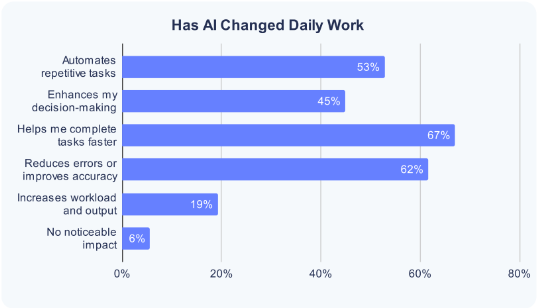
7. Foster a culture of AI experimentation and knowledge sharing
One of the most overlooked drivers of AI productivity is culture.
According to the Hubstaff report, some of the most AI-fluent teams are not led by top-down mandates. They’re driven by individual contributors and mid-level managers who experiment early, build AI into their processes, and share what works.
To create this kind of environment:
- Encourage team-level pilots where employees can test AI tools in low-risk ways
- Celebrate small wins—highlight stories of how AI saved time or improved output
- Create AI champions within departments to help others get started
- Set up channels for sharing use cases, tips, and feedback across teams
Nearly 1 in 5 Hubstaff users reported that while AI increased their workload, it also significantly boosted their output. This suggests that when teams are empowered to use AI creatively and collaboratively, they generate more value—not just more tasks.
Moreover, the report shows that 47.5% of teams using AI have reduced employee work hours, with leadership roles seeing the greatest benefit.
That means AI can help teams achieve more meaningful productivity gains when supported by a strong internal community and a learning-oriented culture.
The future of AI and productivity
AI tools are becoming more specialized and integrated. From AI writing assistants to predictive analytics, the stack is growing—and so are expectations. Over 70% of companies expect at least 21% of their workflows to be AI-assisted within two years.
Hubstaff’s AI Productivity Shift report makes one thing clear: AI isn’t about doing more, it’s about doing better.
From deeper focus and smarter workflows to emerging career advantages, AI for productivity is real, but only when implemented with intention.
Ready to get started?
The “AI Productivity Shift” report by Hubstaff provides valuable insights into the current state of AI in the workplace and its potential to reshape how we work. While challenges remain, the report underscores the significant opportunities for businesses to enhance productivity by strategically leveraging AI.
Download the Hubstaff report for the full breakdown.
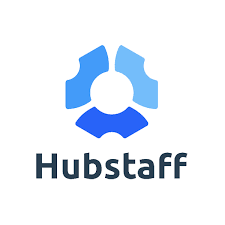
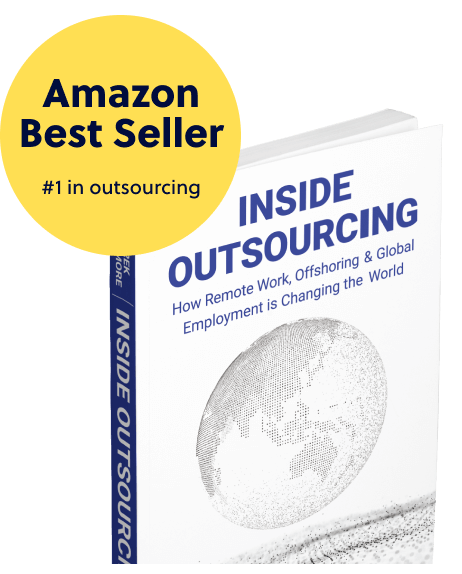



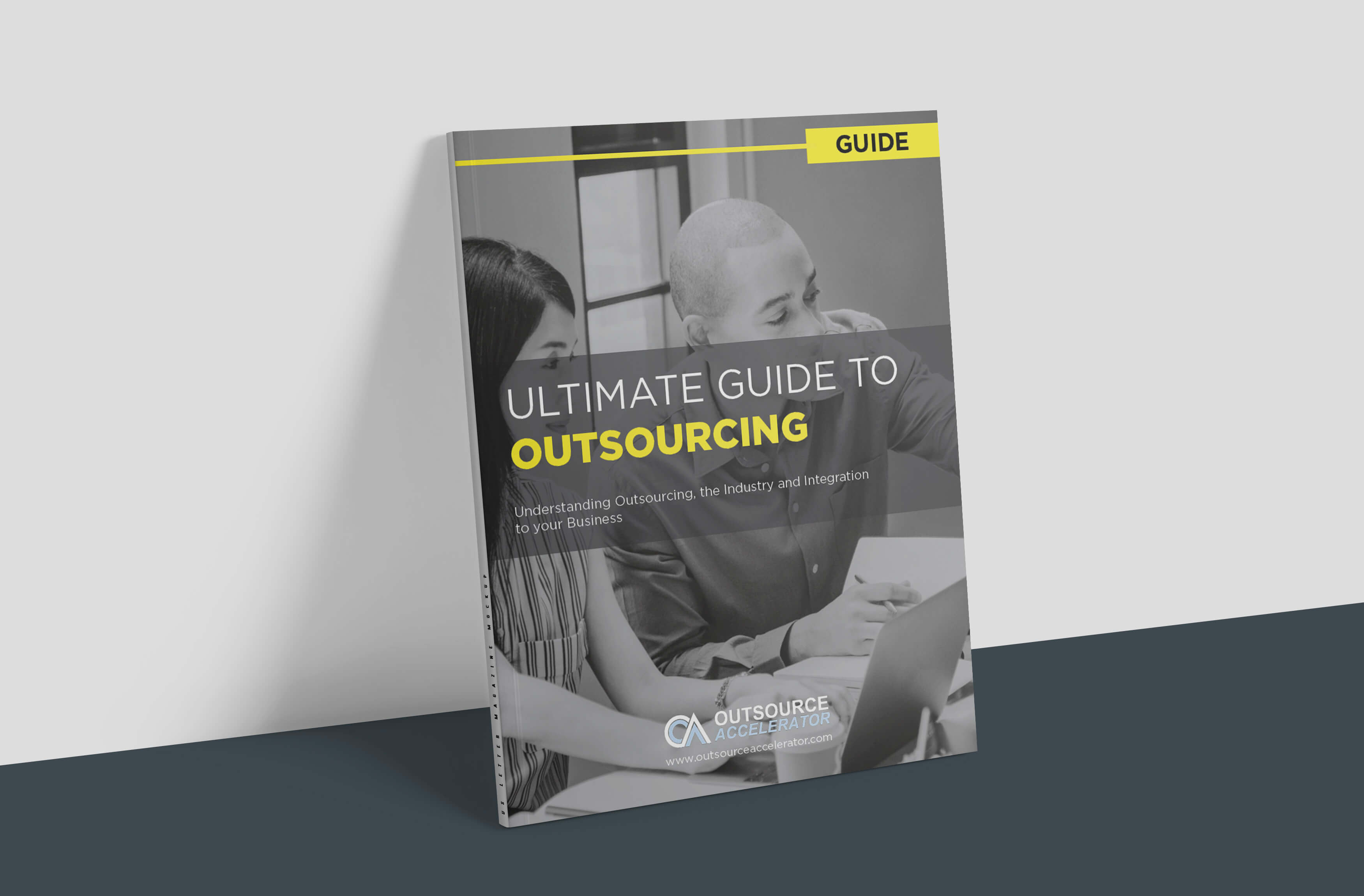

 Independent
Independent




